From statistical analysis of games and players to ball kick trajectories & lung volumes, there are so many opportunities to teach maths using sport. There are a variety of situations where working mathematically is needed in sport; percentages, velocity, acceleration, measurement skills, volumes, graphs, tables and more!
-
Timing using stopwatches
With stopwatches you can help students understand events over time. Have students use stopwatches to record times of some runners over several events (100m, 200m & 400m). This data from each runner can now be used to determine how much fast a given runner was compared to another using percentages, eg student A was 5% faster than student B. You could also look at each runner’s velocity by dividing the distance by the time recorded (v = d/t). The velocity data can then be compared across the different events… how much does velocity change for each runner from short to longer distances? Ask students to present their data in a table or histogram and also discuss sources of error in using stopwatches to record times.
-
Best trajectory?
What is the optimum angle to kick a ball or throw a javelin to get the furthest length? Setup a smartphone or tablet and record the students throwing or kicking an object using an app like Angles or Angulus. After recording the distance the object travelled, you can then look at the initial angle that the objects were kicked or thrown. Which angle produced the furthest distance? What sources of error are there in this test?
-
Analyse statistics
Name a sport and you’ll be able to pull in a variety of statistics recorded over the years. From bowling statistics in cricket through to championship wins in soccer, you can present data sets to students for them to pull apart and find meaning. What are the average scores for each team in a given season? How often does a given team win? What is the median height of a professional basketballer? It’s up to you!
-
Use GPS
Professional athletes use GPS to track how far they have run during training over a given time. This is so that coaches can determine how well the athlete is training and whether they are potentially pushing too hard for their recovery times. You can emulate this with apps such as Run Tracker or Run Keeper to track how far you’ve run and plot these on a map.
GPS communicates with satellites with signals that travel at a known speed and so timing these signals shows how far away from the satellites you are. You need 4 or more satellites to work out your position with an uncertainty in metres. A professional sports team can reduce this error to centimetres by having antennas around the sports field that communicate with the GPS device.
-
Stadium maths
Just how much electrical power is needed to run a sports stadium? How much food would you need to sustain a crowd of 50,000 people? How much would this all cost? With your students, you can create a hypothetical sports carnival that you need to resource as well as create a ticket pricing that will make the event viable.
-
Multiplication using heart rate
A simple way to introduce multiplication can be in measuring heart rate. Firstly, show everyone how to measure their heart rate using two fingers on the neck at the carotid pulse. Students then record how may pulse they can feel over 10 seconds and then multiply this number by 6. The students can compare this resting heart rate with their heart rate after exercise.
Linked School workshops
Want to look at science in winter sport? Sure thing!
Happy teaching,

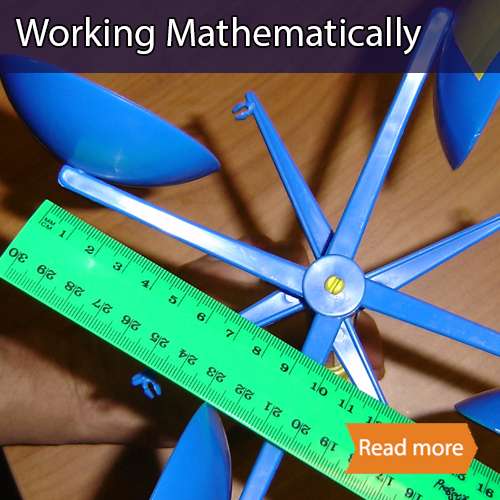

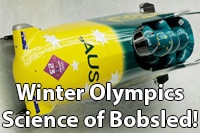

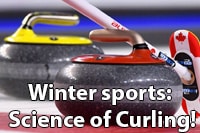





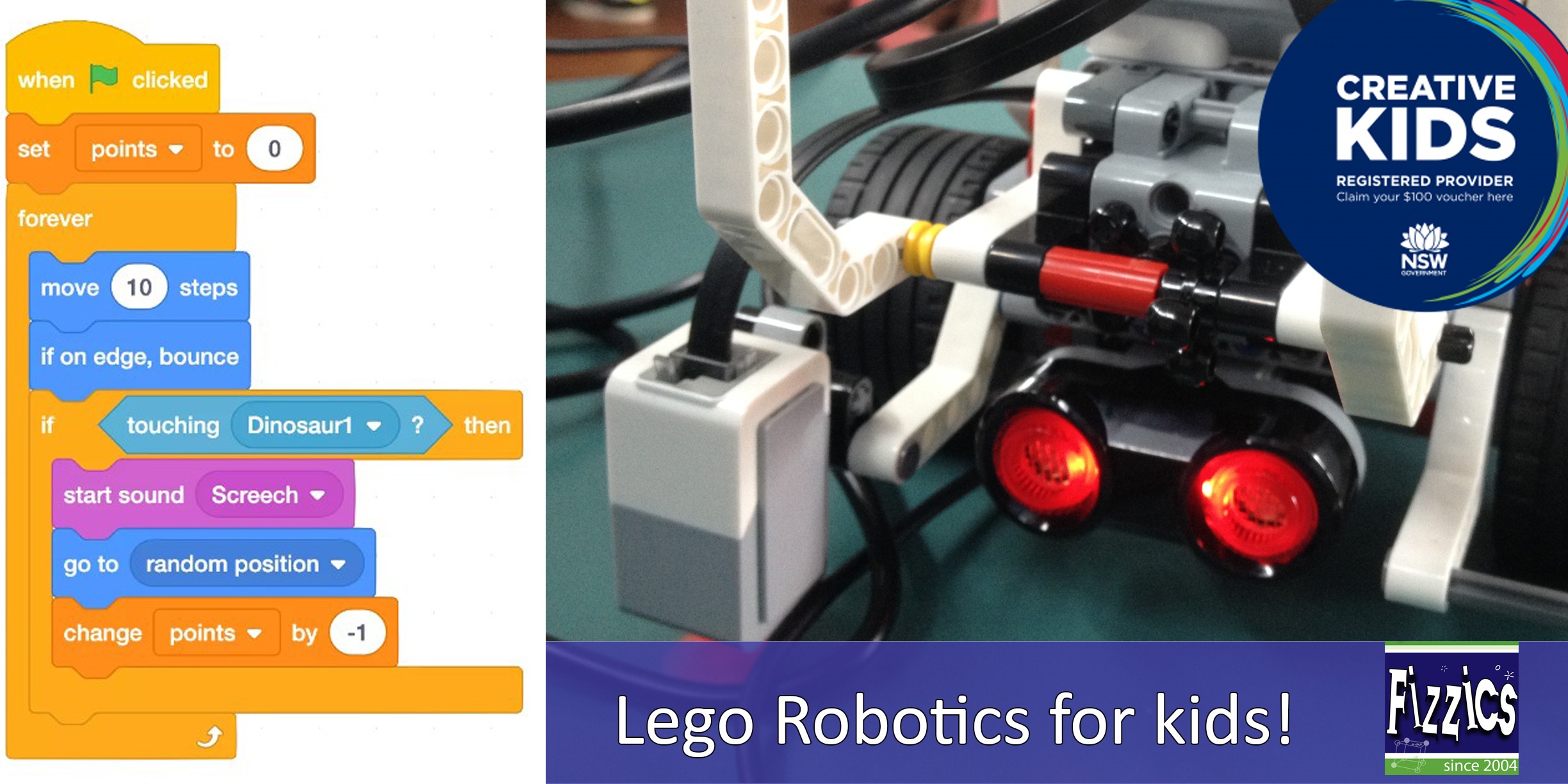
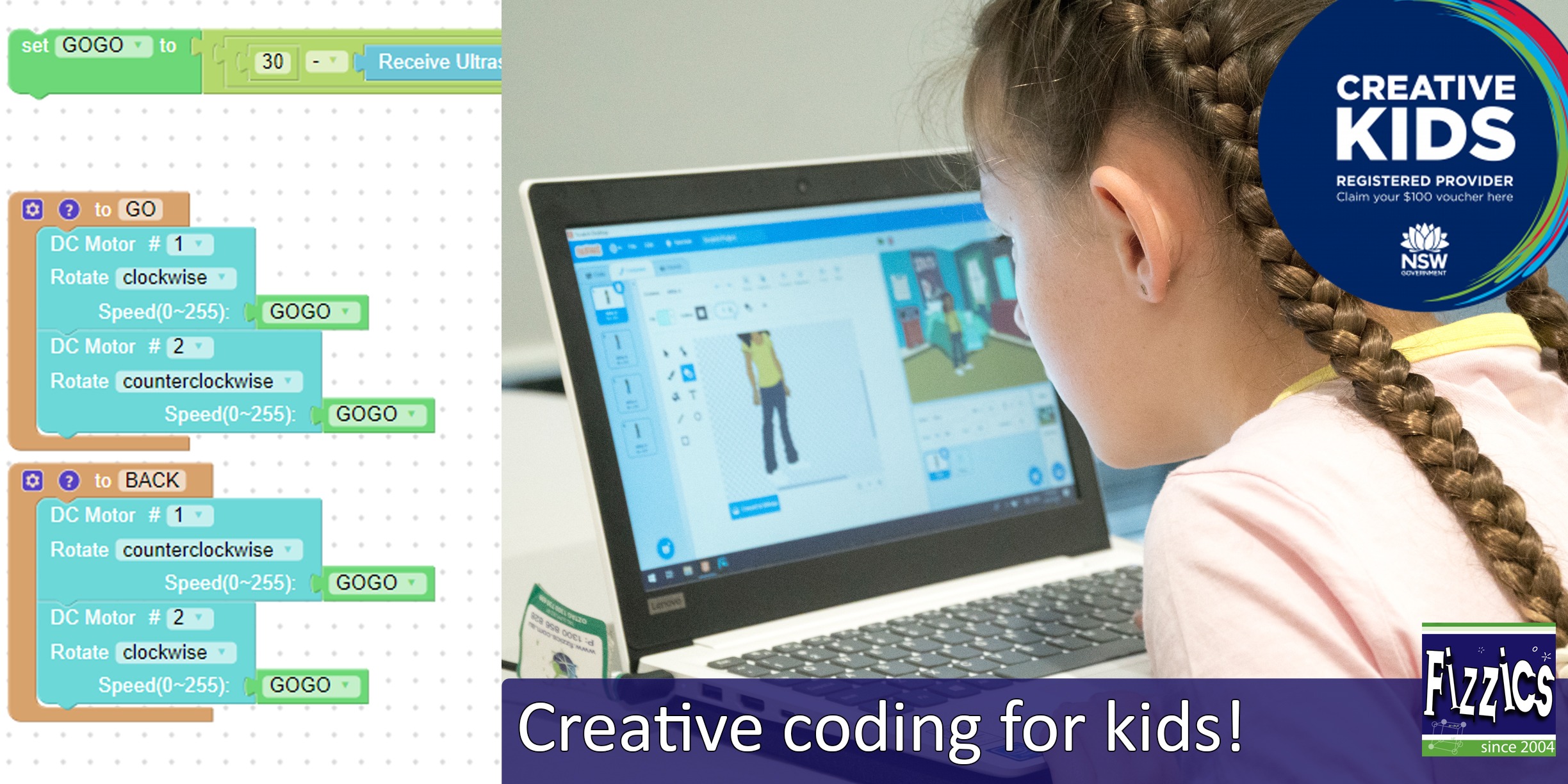
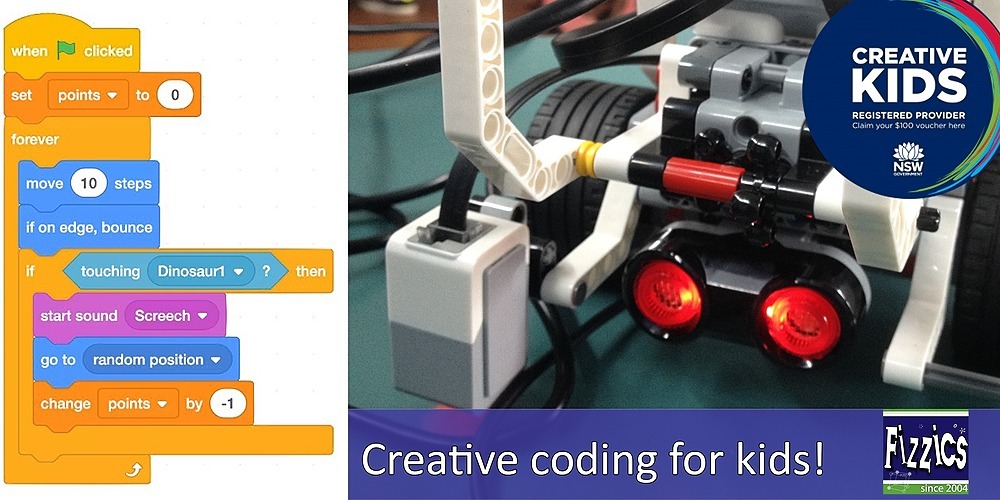













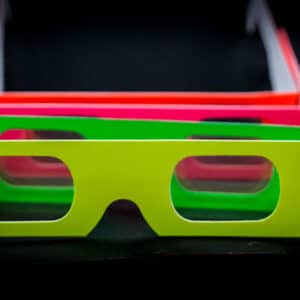

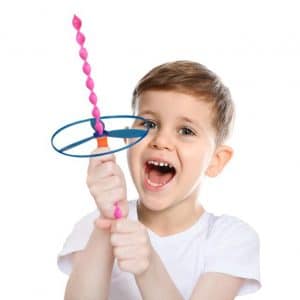
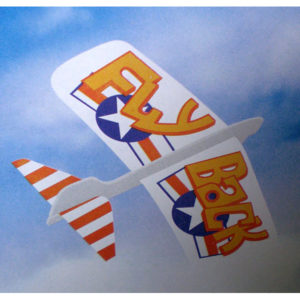
Comments